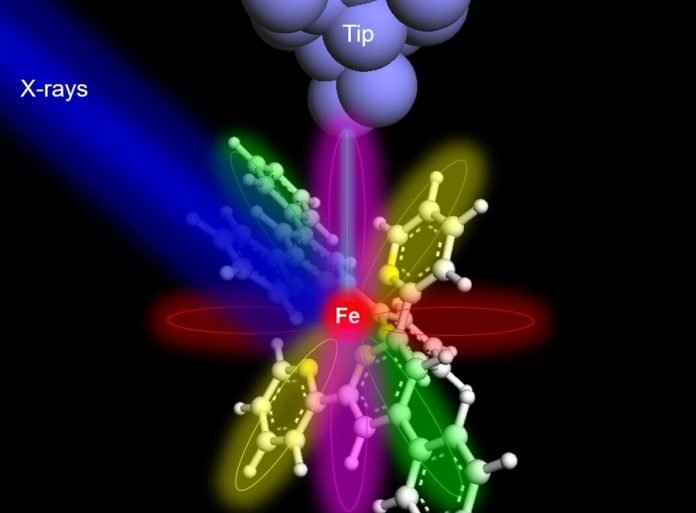
In a groundbreaking achievement, a team of scientists led by Ohio University Professor Saw Wai Hla and Argonne National Laboratory scientists has accomplished a remarkable feat: capturing the X-ray signature of a single atom.
This extraordinary breakthrough has the potential to revolutionize how scientists detect and analyze materials.
X-rays have been widely used in various fields, from medical diagnostics to studying rocks on Mars.
However, until now, X-ray detection required large quantities of atoms.
This groundbreaking discovery opens the door to detecting and understanding materials at the atomic level, leading to advancements in environmental science, medicine, and even the potential for groundbreaking cures.
The power of X-Rays
X-rays have played a crucial role in scientific research since their discovery by Roentgen in 1895.
These powerful rays have been used in medical imaging, security screenings, and even in space exploration. X-rays help scientists determine the composition of materials in a sample.
Over time, technological advancements have allowed for the detection of smaller quantities of materials, with the current limit being around 10,000 atoms or more. This limitation arises from the weak X-ray signals produced by individual atoms, making it impossible for conventional detectors to detect them.
Capturing the unseen
Professor Hla and his research team embarked on a mission to achieve what scientists have dreamt of for a long time: capturing the X-ray signature of just one atom.
Their work, published in the scientific journal Nature, detailed their groundbreaking experiment.
By using a specialized synchrotron X-ray scanning tunneling microscope (SX-STM) instrument at the Advanced Photon Source and the Center for Nanoscale Materials, the team successfully detected and characterized the X-ray signals of individual atoms.
Revolutionizing material analysis
To demonstrate their achievement, the team selected an iron atom and a terbium atom, each inserted into molecular hosts.
By supplementing conventional X-ray detectors with a specialized detector—a sharp metal tip positioned close to the sample—they were able to collect the X-ray excited electrons.
This innovative technique, known as synchrotron X-ray scanning tunneling microscopy (SX-STM), allowed them to identify the elemental type of materials directly. Each X-ray spectrum acted like a unique fingerprint, revealing the precise identity of an atom.
The implications of this breakthrough are enormous. The ability to detect and characterize individual atoms using X-rays could transform research across various fields.
It could pave the way for advancements in quantum information, environmental studies, medical research, and advanced materials science.
Moreover, this discovery enables scientists to understand how atoms interact within different materials, providing opportunities to manipulate materials on an atomic level to meet evolving technological needs.
Unleashing the power of x-rays
This achievement not only connects synchrotron X-rays with quantum tunneling processes but also opens up exciting avenues for research in quantum and spin (magnetic) properties of individual atoms.
The team’s success highlights the vital role of collaboration between universities and national laboratories in advancing scientific knowledge.
Looking Ahead:
Professor Hla and his team will continue to utilize X-rays to explore the properties of individual atoms further. Their research holds promise for uncovering the secrets of the atomic world and revolutionizing various scientific and technological domains.
The world’s first X-ray of a single atom marks a monumental scientific breakthrough.
By capturing the X-ray signature of individual atoms, scientists have unlocked new possibilities in material analysis, environmental studies, and medical research.
This achievement not only expands our understanding of the atomic world but also lays the foundation for groundbreaking technological advancements.
The future holds immense potential as researchers continue to harness the power of X-rays to explore the mysteries of the microscopic realm.



